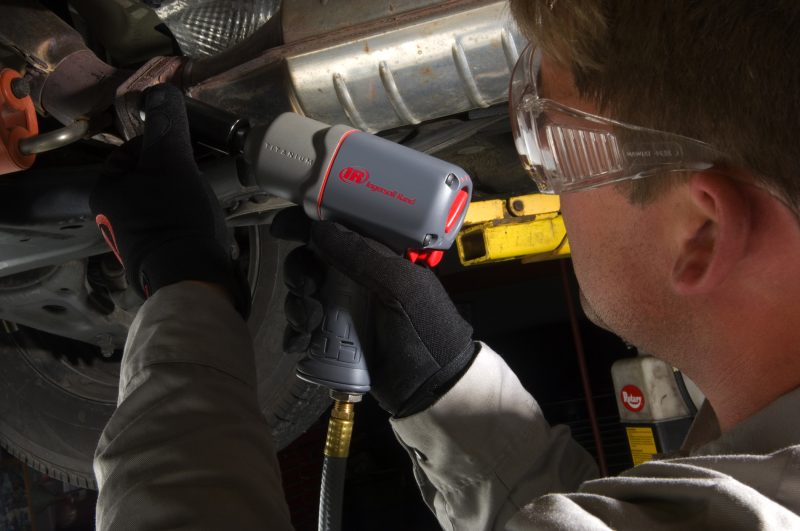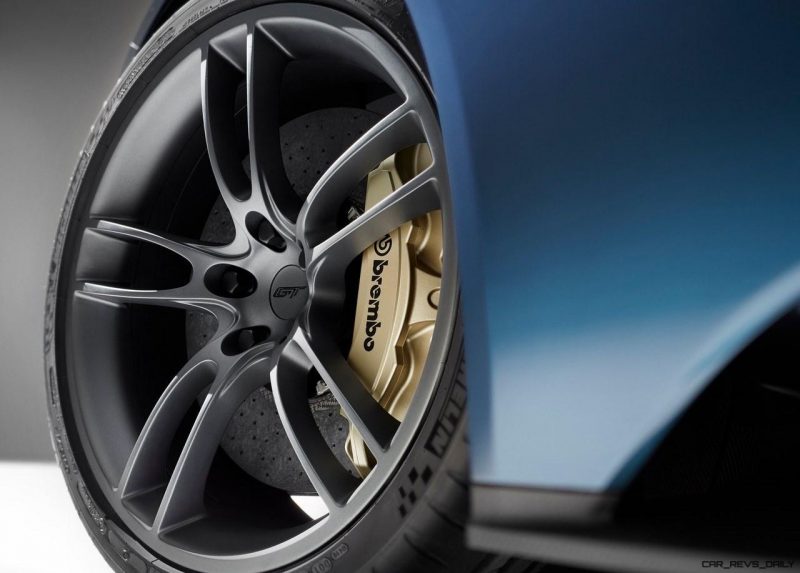We’ve all got a toolbox in our garage or car that’s likely stuffed to the brim with every hand tool imaginable. For the most part, those tools are what we need to get our repair jobs done. But if you really want to get serious about working on your cars, the best thing you can do is upgrade your tools and start using compressed air.
So what equipment should you look for to start your new tool collection?
Step 1: Pick the Right Compressor
The first step toward using compressed air tools in your home garage is picking out the right air compressor. Impact tools aren’t much use without the air to power them, so ask yourself these two questions:
- Where am I going to keep this compressor, and where will I be doing most of the work?
- How much power do I need to make my tools run effectively?
The first question will determine what type of compressor you need. Compressors designed to be stored and used outdoors are equipped with the insulation and waterproofing necessary to protect them from the elements. The second question will help you decide what size compressor you’re going to need. Larger tools will need a more powerful compressor to function properly.
Compressors are rated by their cubic feet per minute, or CFM. This is the amount of air the compressor can provide per minute. For basic automotive tools, like impact wrenches, you’ll probably need a lower CFM. If, on the other hand, you’re planning to do body work or utilize tools like grinders or sanders that require constant air pressure, you’ll want a compressor with a higher CFM.
Gas or Electric?
Usually, you’ll see two options for power when you’re shopping for air compressors: gas or electric. Gas engines provide portability, but are quite a bit heavier than their electric counterparts.
If you’re using your compressor indoors, electric is a good option. Gas engines, due to the exhaust fumes they create, should only be used outdoors or in a very well-ventilated area.
Step 2: Choose Your Tools
Now that you’ve chosen your compressor, it’s time to start investing in air-powered tools. For automotive repair, you’ll probably want tools like:
- An impact wrench: Pull those lug nuts off in seconds, and put them back on with the proper amount of torque.
- An air-powered ratchet: No more busted knuckles or excessively long breaker bars! The air compressor can do the work for you.
- A sander/cutting wheel: Great for body work or when you just have to cut your way through.
- A drill: Air-powered drills are a great tool to help you — well, drill holes.
- A blower: Use that compressed air to clean parts and blow away dust. Put that air to good use!
These tools, when paired with proper impact sockets, can make your repair jobs so much easier. There’s no reason to struggle with stuck bolts when you’ve got the power from an air compressor to do it for you.
A Final Note
While air compressors are a great tool to take your auto repairs to the next level, you’re not limited to impact wrenches and air hammers. There are air-powered tools for other jobs as well, from carpentry to metalworking and everything in between. A good-quality, properly maintained air compressor is an investment that will make all of your do-it-yourself projects easier and more enjoyable.






Scott Huntington is a writer and car fanatic from Harrisburg, PA.

